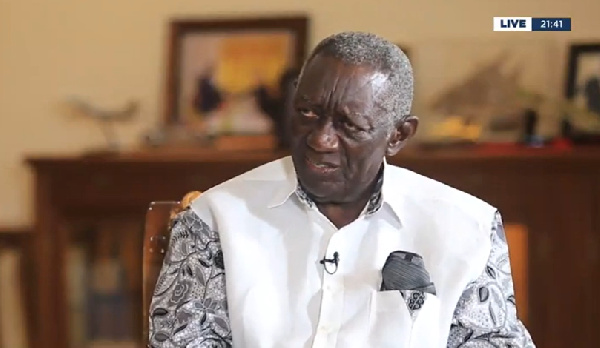

The country’s fiscal deficit will improve to 4.5 percent for the full year 2018 –a situation that is expected to continue to end year 2020, Ridle Markus, Africa Strategist, ABSA, South Africa, has predicted.
The country’s fiscal position has shown some improvement, as fiscal balance, including grants, as a percentage of Gross Domestic Product (GDP) improved from -9.3 percent in 2016 to -5.9 percent in 2017.
Presenting the Ghana Economic Outlook at the 7th GEF held in Accra, Mr. Markus indicated that irrespective of these fiscal improvements, questions remain about possible slippages going into the next elections.
Election years have perennially thrown the country’s fiscal regime overboard. Fiscal deficit was as high as -10.2 percent in 2014. This, however, improved to -6.4 percent of GDP (including grants) in 2015– a year before the general election in 2016.
However, election year over-spending increased the fiscal deficit to -9.3 percent in 2016; a situation that informed the caution sounded out by the Absa strategist.
The country’s debt, as a percentage of GDP, is also predicted to ease to 64 percent in 2020–made up of 32percent of external debt and 32 percent of domestic debt.
Interest costs, he predicted, will also stabilise while wage costs are expected to ease over the next two years. Interest payments as a percentage of GDP, he added, will reduce from 6.6 percent in 2017 to 6.4 percent by the end of 2020.
The cost of wages and salaries are expected to also ease from 7.1 in 2017 to 6.7 percent in 2020.
Cedi Blues
The local currency is forecasted to ‘soften’ against the US dollar and cross the dreaded GH₵5 mark. The local currency, according to the Absa analyst, is expected to trade at GH₵5.3 to a $ 1 by December 2020.
The cedi began the year at a relatively stable position after recording just under 0.3 percent depreciation in the first quarter.
The second quarter saw a 2.59 percent depreciation. The cedi has surpassed its cumulative performance of the first two quarters; deprecating by about 4 percent between July and August, 2018. Various sources quote a year-to-date (YTD) depreciation of about 6.9 percent.
Recent global developments, such as a hike in the US Federal Reserve’s interest rate, have been cited for the weakening local currency.
These developments have led to a much stronger dollar which has seen the local currency struggling against the greenback.
The Central Bank has increased forex supply to the market to meet demand, as part of measure to stem the rate of fall.
The Eurobond issued in the second quarter has provided additional forex to the central bank that can be called upon to help the forex market.






